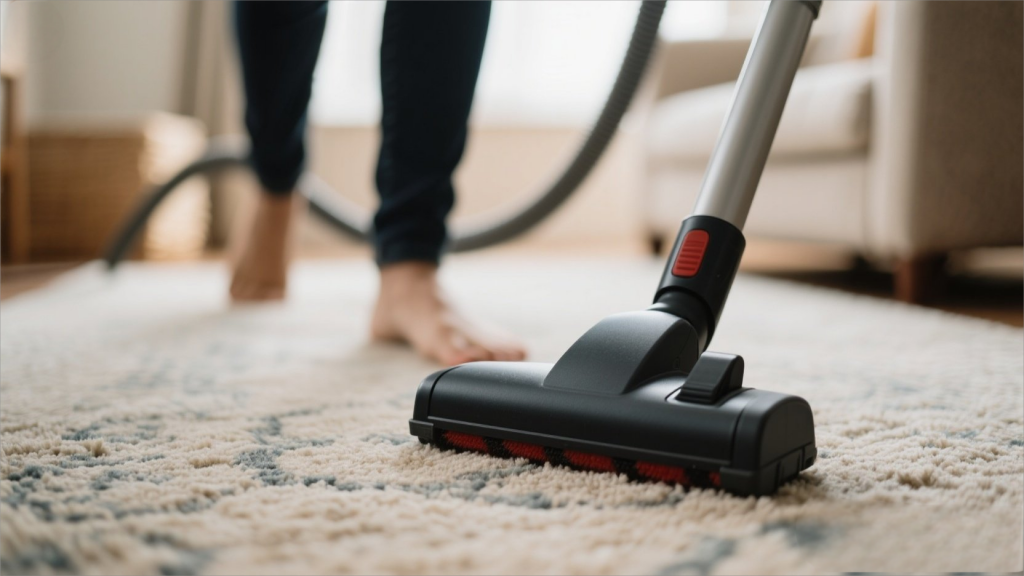minimalism is great until you show up to a bar mitzvah looking like you just rolled out of a thrift store reject pile. My recent fashion fail was a wake-up call: decluttering shouldn’t leave you stranded when life throws you a curveball. The goal isn’t to live with nothing; it’s to live with just enough—the Goldilocks zone where your stuff serves you without suffocating you. So how do you find that sweet spot? Let’s break it down.
When Minimalism Backfires: The Red Flags
Decluttering should feel like liberation, not self-sabotage. If you’re nodding along to any of these scenarios, you might’ve crossed the line from mindful to missing-the-point:
Your Family Stages an Intervention
If your kid’s favorite stuffed bear mysteriously vanished during your Marie Kondo phase, you’ve officially decluttered too hard. Minimalism isn’t a dictatorship—it’s a team sport. Before tossing anything that isn’t yours, hold a family summit. That “ugly” coffee mug your spouse loves? It sparks joy for them. Pro tip: Assign everyone a “no-fly zone” box for sentimental or frequently used items. No surprises, no mutinies.
You’re the Neighborhood Borrower
Donated your winter coat in July only to sheepishly ask for it back when temperatures drop? Oops. Before purging, test-drive a “time-out” zone for questionable items. Stash them in a bin for 3-6 months. If you never reach for them, donate guilt-free. Bonus: This works wonders for impulse buys you’re still side-eyeing (“Why did I buy a pasta maker?”).
Your Closet Has a Single Black Dress (And Regret)
One versatile LBD is a win—until you’re scrambling for a funeral outfit while yours is at the dry cleaner. Keep a capsule of “sometimes” essentials: a blazer, neutral heels, one pair of dark jeans that aren’t distressed. Store them together like an emergency kit. Think of it as insurance against last-minute panic.
Your House Feels Like a Dentist’s Office
Minimalism ≠ emptiness. If your space feels more sterile than serene, reintroduce warmth. A knitted throw, framed photos, or that weird vase your kid made in art class can add soul without clutter. Your home should whisper “you,” not “IKEA showroom.”
You’re Haunted by Donation Regret
If you lie awake wondering if you should’ve kept your college textbooks (you shouldn’t), you’re overthinking it. Decluttering should reduce stress, not create it. Slow down. For high-doubt items, use the “box and block” method: Seal them up, mark a date 6 months out, and forget them. If you don’t peek, toss the box unopened.
Rebalancing Your Minimalist Equation
Now that we’ve diagnosed the problem, let’s talk solutions. Here’s how to declutter without leaving yourself high and dry:
Audit Your Calendar, Not Just Your Closet
Your belongings should match your actual life. Scan the next year’s events: weddings, job interviews, ski trips? Keep what you’ll legitimately need. A good rule: If it happens annually, keep the gear. (Yes, that includes the ugly-but-warm parka.)
Embrace the “Sometimes” Stuff
That waffle iron you use twice a year? The suitcase that gathers dust between trips? They’re keepers—just store them smartly. Use under-bed bins or high shelves for seasonal items. Out of sight, but not out of mind when crunch time hits.
Start a Shared Economy (With Boundaries)
Can’t justify keeping a fondue set? Loan it to a friend with a casual, “Mind if I borrow this back for New Year’s Eve?” Works for tools, specialty cookware, even formalwear. Just avoid lending anything you’d cry over if it vanished.
Define Your “Enough”
Forget Instagram influencers with 33-item wardrobes. Your magic number depends on your job, hobbies, and local weather. A teacher needs more outfits than a remote worker; a Minnesotan needs more coats than a Floridian. Check in quarterly: Does your stash still fit your life?
The Safety Net Strategy
Still unsure? Create a “purgatory” box for maybes. Label it with a future date (e.g., “Open March 2025”). If you haven’t raided it by then, release those items into the donation wild. No second-guessing.
Minimalism isn’t about deprivation—it’s about curation. Keep what serves you, ditch what doesn’t, and always, always have a backup pair of black pants. Trust me on that last one.
























